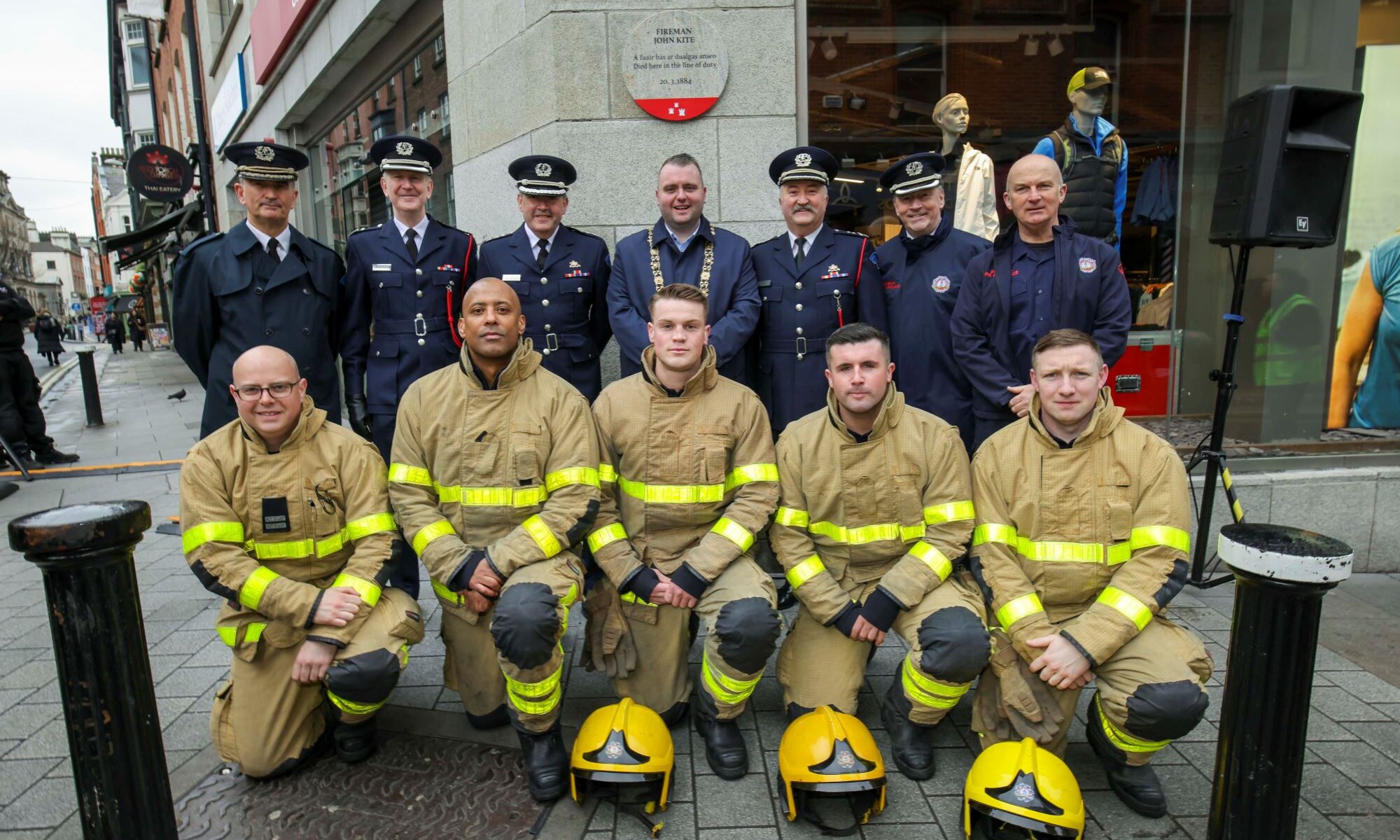Thomas Bryan, one of the ‘Forgotten 10’ volunteers, has been memorialised by a Dublin City Council Commemorative Plaque at 14 Henrietta Street.
Bryan, a 24 year old electrician, was amongst a group of young volunteers who on 21 January 1921, set out to ambush Black and Tans as they travelled into Dublin city from Gormanstown. Another volunteer was 19 year old Frank Flood, after whom the bridge at Drumcondra was named in 2021.
Having been spotted in Drumcondra the party tried to escape via Gracefield Road and Clonturk Park, but surrendered after one the men was shot and killed.
Tried and found guilty of High Treason, four of the men, Patrick Doyle (29); Francis Xavier Flood (19); Thomas Bryan (24), and Bernard ‘Bertie’ Ryan (21) were hanged at Mountjoy Prison.
Thomas Bryan was only recently married, and the pension application, submitted by his grieving family, reveals the poverty in which his parents continued to live at 14 Henrietta Street in the aftermath of his death
Speaking at the unveiling, Lord Mayor Caroline Conroy said, ‘In unveiling this plaque today we remember the sacrifices made by those who fought in the War of Independence. Thomas Bryan and his comrades, Patrick Doyle, Frank Flood, and Bertie Ryan, were young men who paid the ultimate price for their actions. They left behind grieving families who, certainly in the case of Thomas Bryan, had also to face the very real poverty that afflicted many Dubliners of the time.’
Historian Fergus Whelan spoke about Thomas Bryan and the events that led to his execution, saying: ‘Thomas Bryan is one of the so called “Forgotten Ten” who were executed in Mountjoy Gaol between late 1920 and early 1921. The “Forgotten ten” is something of a misnomer, for two reasons. First, the name of Kevin Barry who was executed in November 1920 is well known to us. Second, Thomas and his comrades were never forgotten by the loved ones they left behind. Those loved ones did not just suffer the terrible loss of a family member to the hangman’s noose. They were denied the chance to bury their dead and a grave to grieve over for eighty years.’
The decision to erect the plaque was made by the Dublin City Council Commemorations & Naming Committee, whose chair, Councillor Micheál Mac Donncha, said, “The Commemorative Plaques Scheme allows the City to formally commemorate people who have made a significant contribution to the life of Dublin. We welcome suggestions from the public for people and events to be commemorated, and full details are on the Council website.”


